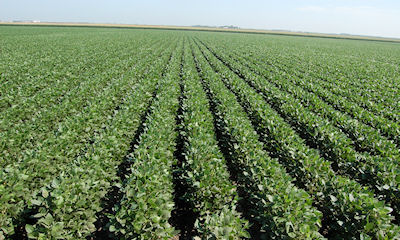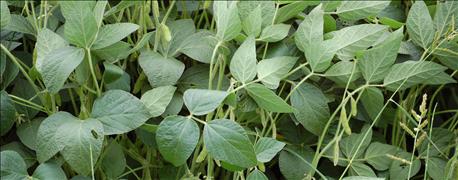September 21, 2015

I think many consultants and growers understand that just because we grow corn and soybeans we are not Iowa, but some appear to be confused. There are two important differences that I need to stress for those who think the capital of North Dakota is Des Moines, and both are related.

'We're not Iowa,' says North Dakota soils, fertilizer expert
The soil fertility of Iowa is very different than that of North Dakota. From the early 1930's until today the fields of North Dakota have lost the equivalent of 70 years of P application at today's historic high P application rates. So the result is that soil P levels in North Dakota are generally low to medium in soil test. Iowa soils have had some erosion, but not nearly the loss that most of our have experienced. In addition, the higher historic rainfall in Iowa led to far less chance of crop failure compared to North Dakota, so fertilizer application strategies have always been more aggressive, with risk of lower yield due to inadequate fertilization greater than risk of operating capital loss due to drought. The result is that from the 1960's the strategy in Iowa has been maintenance-buildup, today's Iowa soil test P and K levels mostly in the high availability range.
There are two results from high soil tests- one is that precision nutrient management of P especially and often for K can be done with a less dense soil sampling grid, about one composite sample for 2 ½ acres. The second is that corn can be fertilized with enough P and K for both corn and soybean years, and soybeans do not have to be fertilized separately. (cont. next page)
We should not do either of these practices. Our field P and K levels, as well as residual nitrate, zinc, other, are related to natural fertility drivers, particularly topography, so zone testing works far better for us than it does in Iowa. Interestingly, in Iowa, a zone approach also worked well for K and pH, but no P. Soybean in North Dakota should be fertilized separately as a separate crop. Those few growers in ND that have high P levels can surely fertilize the crop before and soybean will be fine with the residual, but if a grower has low to medium P tests, than the soybean crop should be fertilized separately. Fall fertilization of soybeans with P is fine, but two falls previously is not fine.
I hope this helps people remember where we farm. We grow corn and soybean, but we have to consider our particular soils and environment in order to best achieve highest yields
Franzen is North Dakota State University Extension soils specialist. Reprinted from NDSU Crop and Pest Report.
You May Also Like




